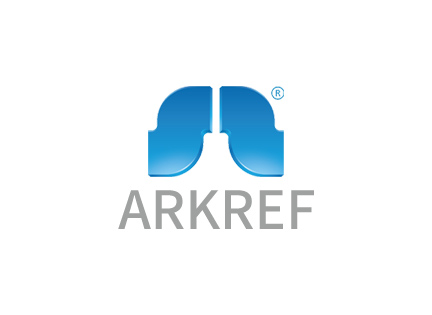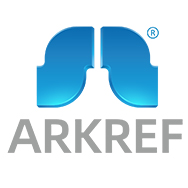How to Choose the Right Cold Room for Your Business
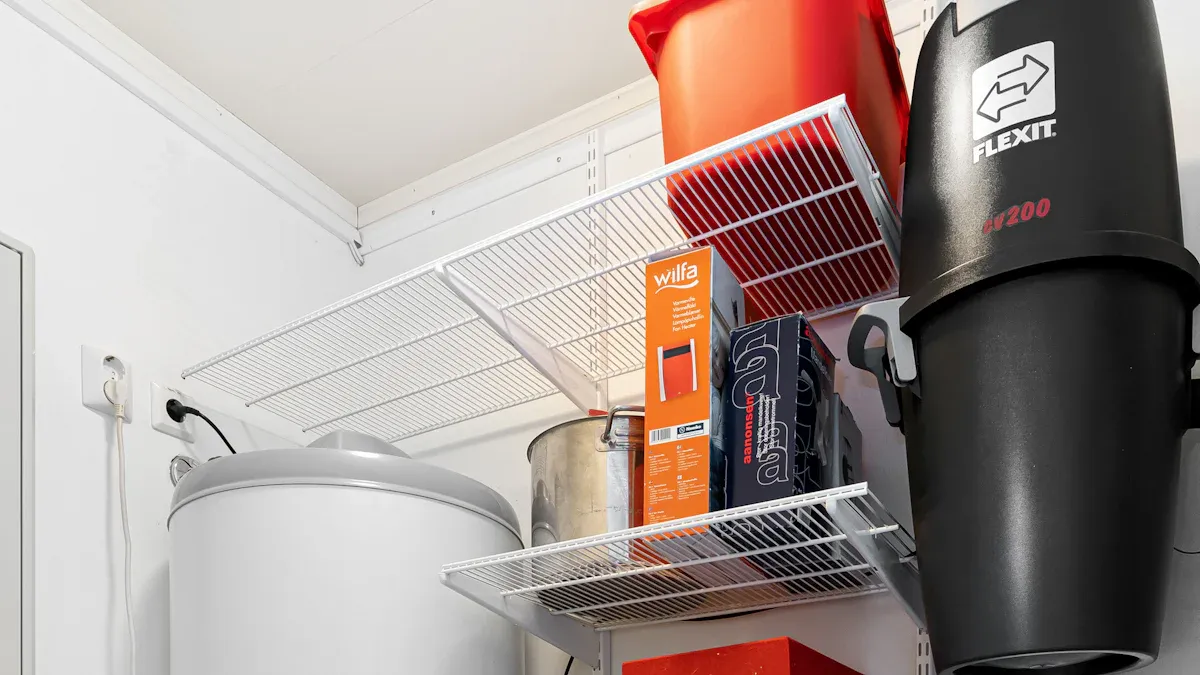
When you look for a cold room, first think about what your business needs. You may need to store food, medicine, or flowers. Each thing needs a different temperature and space. If you want to save money and follow rules, look at energy efficiency and how strong the cold room is. Many businesses buy cold rooms for reasons like changing customer needs, new technology, saving energy, and following rules. Here’s a quick look:
Reason for Investment | Description |
|---|---|
Evolving Consumer Demands | Meeting new customer wants, especially for being eco-friendly. |
Technological Advancements | Smart systems and automation help track and manage things. |
Energy Efficiency | Good refrigeration uses less power and saves money. |
Regulatory Compliance | Following rules helps your business stay in the game. |
Market Growth Opportunities | New markets give your business more ways to grow. |
Think about what you need now, but also plan for later. Your cold room should work for your business today and in the future.
Key Takeaways
First, figure out what you need to store. Different items need certain temperatures and humidity. Knowing your products helps you pick the right cold room.
Think about saving energy. Cold rooms that use less energy save money. They also help the environment. Look for smart sensors and ECO mode features.
Pick the best insulation. Good insulation keeps the temperature steady. It also lowers energy bills. Thick insulation works better and lasts longer.
Check your space and future plans. Measure the area for your cold room. Plan for more space if you grow. Make sure there is room for shelves and walking.
Choose a supplier you can trust. Find suppliers with good technology and support. Make sure they have a strong history. This helps your cold room work well and meet standards.
Choosing the Perfect Cold Room
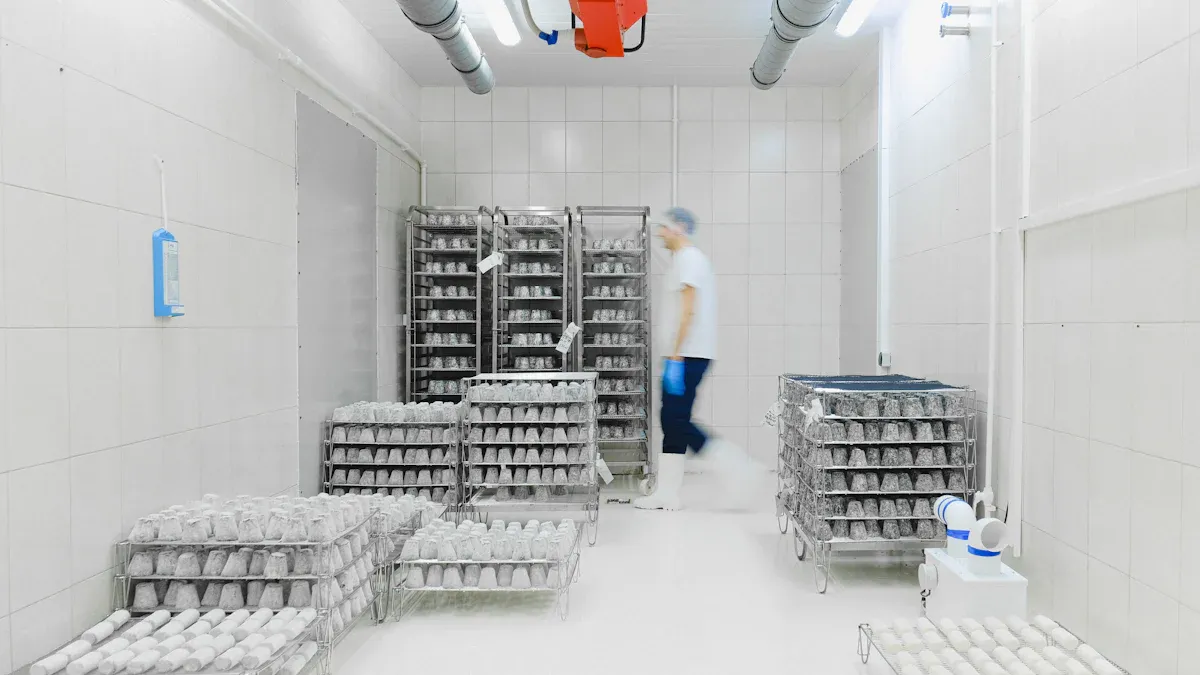
Assess Storage Needs
Start by thinking about what you need to store. The kind of product changes what your cold room needs. Ice cream needs a much colder space than leafy greens. Some things need more moisture, but others need dry air. Here’s a table that shows how different products need different setups:
Product Type | Temperature Requirement | Humidity Requirement | Purpose |
|---|---|---|---|
Ice Cream | -25°C to -30°C | Low | Keep it tasting good and smooth |
Leafy Greens | Cool | High | Stop them from wilting |
Berries | Near-freezing | Low | Make them last longer |
Apples and Pears | Slightly higher | Moderate | Slow down ripening, but don’t freeze |
Tomatoes and Peppers | Moderate cooling | Moderate | Stop them from getting too soft |
Root Vegetables | Stable | High | Keep them from drying out |
Leafy greens need cool air and lots of moisture to stay fresh. Berries are soft and need cold air, almost freezing. Apples and pears like it a bit warmer, so they don’t freeze but ripen slowly. Tomatoes and peppers need some cooling, so they don’t get too soft. Root vegetables need steady moisture so they don’t dry up. When you know what you need to store, you can pick the best cold room for your business.
Tip: Write down everything you want to keep in your cold room. This helps you choose the right size and setup.
Define Temperature Range
Keeping the right temperature is very important. You want your products safe and fresh. Every product has its own best temperature. Ice cream needs to be very cold. Fruits and vegetables need it a little warmer. If you store many things, you might need different temperature zones.
Always check the temperature controls in each cold room.
Some cold rooms let you set different temperatures in each section.
If you want to grow your business, think about what you might need later. You may need more space or better controls in the future.
Good temperature control keeps your products fresh and stops waste. When your cold room matches your storage needs, you save money and make customers happy.
Consider Insulation
Insulation is very important for a cold room. Good insulation keeps the temperature steady and saves energy. Most cold rooms use special panels that keep heat out. This helps you control the temperature and pay less for energy.
Cold Chain PIR insulation boards work really well.
Picking the right insulation lowers your energy use and costs.
Note: Thick insulation helps your cold room work better and last longer. It also keeps your products safe and your business running well.
When you think about storage, temperature, and insulation, you make smart choices. Picking the right cold room means knowing what you store, how cold it should be, and how well the room keeps that cold. This helps your business now and in the future.
Cold Room System Options
You can pick from different cold room systems. Each type is good for certain business sizes and needs. Let’s look at the main types so you can find the best one.
Modular Units
Modular units are easy to set up. You put them on flat ground and plug them in. They are ready to use in just a few hours. This helps you store your products fast.
You do not need to build much.
You can make the storage bigger or smaller as needed.
These units have strong insulation to protect your products.
Food and pharmaceutical businesses like modular cold rooms. Supermarkets and logistics centers can add more space easily. Pharmaceutical companies like that these units keep the temperature steady and cost less than old-style cold rooms. You can control the climate and follow rules without spending too much.
Tip: If your business changes a lot or you want to grow, modular units are flexible and easy to use.
Custom-Built Solutions
Custom-built cold rooms let you design everything. You choose the size, shape, and features. This is best if you need special storage or want the cold room to fit your building.
You can set the temperature zones you want.
You can add special doors, shelves, or safety tools.
The cold room will fit how your business works.
Custom cold rooms cost more and take longer to build. You need to plan and work with experts. If you have a big business or special products, this gives you full control.
Solar-Powered & Mobile Options
Solar-powered cold rooms save energy and money over time. They are good for places where power is hard to get. They use sunlight to keep things cold, which is better for the planet.
Limitations | |
|---|---|
Saves energy | Costs more at first |
Saves money over time | Needs careful planning |
Good for the environment | Can guess wrong on how much it holds |
Mobile cold rooms are even more flexible. You can move them to where you need cold storage. This helps if your business is busy at certain times or you need storage in new places.
Description | |
|---|---|
Keeps products safe | Makes sure products stay in good shape. |
Cuts down on waste | Stops products from going bad or being lost. |
Easy to set up | Lets you put cold storage where and when you need it. |
Helps your business | Changes with your storage needs. |
Good for the planet | Lowers harm to the environment and helps equipment last longer. |
If you want to help the environment or need storage in many places, solar and mobile options are smart.
Note: Think about your business size, how fast you need cold storage, and if you want to move or grow your cold room system. Each type has its own good points.
When you look at these cold room choices, you can pick what fits your business. You can choose something fast and flexible, fully custom, or good for the planet.
Space, Efficiency, and Durability
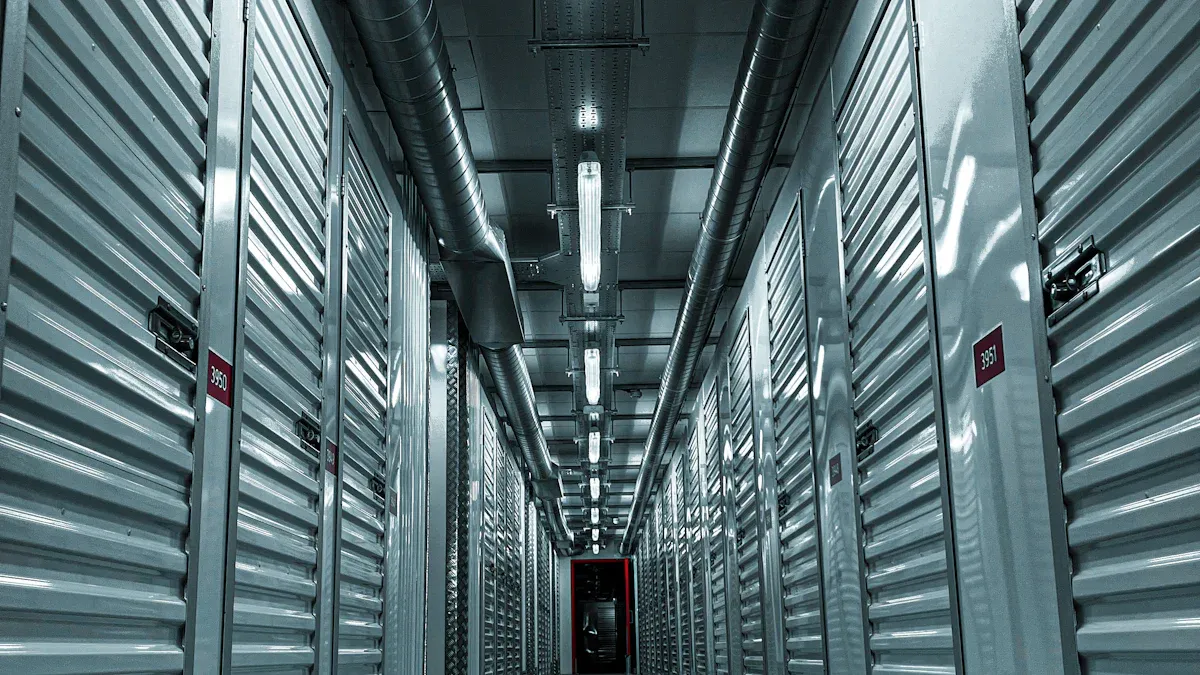
Measure Available Space
Your cold room should fit your business needs. First, measure the spot where you want to put it. Think about space for shelves, doors, and walkways. If things are too close, air cannot move well. It can also be hard to get to your products. Leave enough room so workers can move safely. If you want to grow, pick a place with extra space. 📏
Energy Efficiency
Saving energy helps you save money. Energy-efficient cold rooms use smart tools to lower costs. Some systems have IoT sensors that check temperature and humidity. They also watch if doors are open or closed. These sensors send alerts if there is a problem. You can fix things quickly. Some cold rooms have ECO mode to use less energy. This can cut energy use by up to 30%. If you upgrade, your energy bills can drop a lot. For every dollar you save, you could make $59 more. That is great for your business.
Here are some top energy-saving tools:
Technology | Description |
|---|---|
These keep the temperature steady and use less power. | |
Aurelia A400/A800 | These gas turbines give power and heat with high efficiency. |
IoT sensors check humidity, temperature, and door status.
Central monitoring lets you manage everything in one place.
ECO mode saves up to 30% energy and works with power meters.
Durability & Quality
A good cold room lasts a long time and breaks less. The best ones use strong materials like stainless steel PU panels. These help keep the cold in and are easy to clean. Concrete EPS floors hold heavy things and do not burn easily. PU/PIR insulation keeps the cold inside and saves money. Cement EPS floors are tough and safe from fire. For special needs, FRP, plywood, or XPS are light but strong.
Material Type | Key Features | Applications |
|---|---|---|
Stainless Steel PU | Keeps cold in, easy to clean | Cold rooms, freezers |
Concrete EPS | Holds heavy loads, fire-safe | Industrial floors |
PU/PIR | Good insulation | Cheap cold storage |
Cement EPS | Strong, fire-safe | Tough flooring |
FRP/Plywood/XPS | Light, strong | RV floors, special uses |
If you pick a strong cold room, you will fix it less. You will also avoid stopping work. Clean equipment and good temperature control keep products safe. Your business will run better.
Tip: Choose materials and systems that fit your business. Your cold room will work well and last many years.
Compliance and Supplier Selection
Regulatory Standards
Your cold room must follow all the rules. If you store food or medicine, you need to meet strict standards. These rules keep your products safe and protect your business. Here are some important standards you should know:
Regulatory Standard | Description |
|---|---|
These rules make sure food and medicine stay safe. You must watch the temperature and keep good records. | |
Food Safety Modernization Act (FSMA) | This law helps stop people from getting sick from food. You need to control temperature and track your products. |
Good Distribution Practices (GDP) | Your team must learn how to handle goods that need certain temperatures. Safety and following rules are important in shipping. |
If you follow these rules, your products stay safe and you avoid legal trouble.
Tip: Always look for new rules. Standards can change, so check often to keep your cold room up to date.
Safety Features
Safety is important every day. You need features that protect your products and your workers. Good cold rooms use smart systems to control who can get in and keep things safe.
Feature | Description |
|---|---|
This system makes security zones with different access levels. You can change who gets in quickly. | |
Alarm and Emergency Management | This system watches for people who should not be there and sends alerts to security. |
Biometric Authentication | This uses fingerprints or scans to stop theft and spoilage. |
Audit-proof Documentation | This keeps records for checks and helps you follow the rules. |
Reduced Liability Risks | Only trained staff can get in, so products stay fresh and safe. |
Efficient Operations | This system mixes access control with hygiene to keep the temperature steady. |
Brand Integrity | It stops spoilage and contamination, so your business looks good. |
These features help your business run well and keep your products in great shape.
Reliable Suppliers
Choosing the right supplier is very important. You want a supplier with strong technology, good help, and a record of success. Here is what you should look for:
Criteria | Description |
|---|---|
Pick a supplier with new cooling and energy-saving tools. | |
Customization & Flexibility | Make sure they can change things to fit your needs. |
Scalability | Choose someone who can help you grow without big changes. |
Check if they meet standards like ASHRAE or FDA. | |
Service & Support | Look at how they help with repairs and customer care. |
Cost & Total Cost of Ownership | Think about energy and repair costs, not just the price. |
Track Record & References | Ask for proof they have helped other businesses like yours. |
Innovation Pipeline | Pick a supplier who plans to improve in the future. |
Some problems are not thinking about new rules, forgetting about repair costs, or trusting claims without proof. Always check references and case studies. Energy efficiency is important, so pick options that use less power.
Note: A good supplier helps you avoid problems and keeps your cold room working well for a long time.
You need your cold room to fit your business well. When your cold room matches what you need, things work better. Your products also stay in good shape. Different choices can change how well your cold room works:
Aspect | Impact on Efficiency and Quality |
|---|---|
Stops slowdowns and keeps things moving. | |
Automation Level | Saves money on workers and lowers mistakes. |
Energy Efficiency | Uses less power with smart machines. |
Reliability & Serviceability | Keeps products safe and things working. |
If you talk to cold room experts, you get better tools. You can also fix problems before they get big. Here are some good things that can happen over time:
You use less power and help the planet.
Workers feel better and do more.
You fix things less and save money.
Customers are happier and your business looks modern.
Tip: Ask suppliers or experts for help. They can help you plan for the future and keep your business strong.
FAQ
What size cold room do you need?
You should look at how much you want to store now and in the future. Measure your space and think about your busiest times. If you plan to grow, pick a bigger size.
How often should you check the temperature?
Check the temperature every day. Use automatic sensors if you can. This helps you keep products safe and spot problems early.
Can you move a cold room to a new location?
Yes, you can move modular and mobile cold rooms. These units work well if you change locations or need storage in different places. Ask your supplier for help with moving.
What is the best way to save energy in your cold room?
Use thick insulation and energy-saving technology. ECO mode and smart sensors help lower your bills. Keep doors closed and fix leaks fast.
Do you need special training to use a cold room?
You should train your team on safety and temperature controls. Good training keeps products safe and helps you follow rules. Many suppliers offer guides or support.
See Also
Choosing the Ideal Walk-in Cold Storage Solution
Determining Whether a Cold Room or Freezer Fits You
Essential Strategies for Managing Cold Room Temperatures
